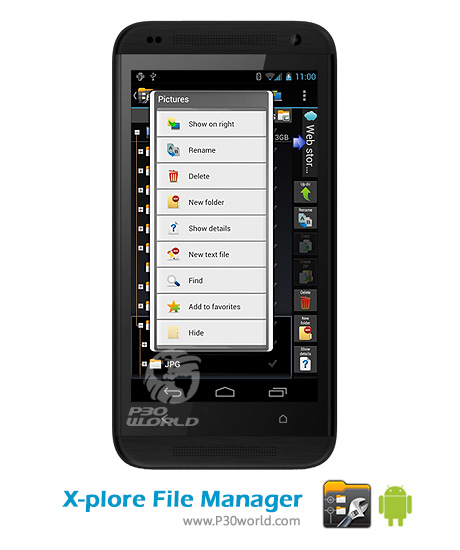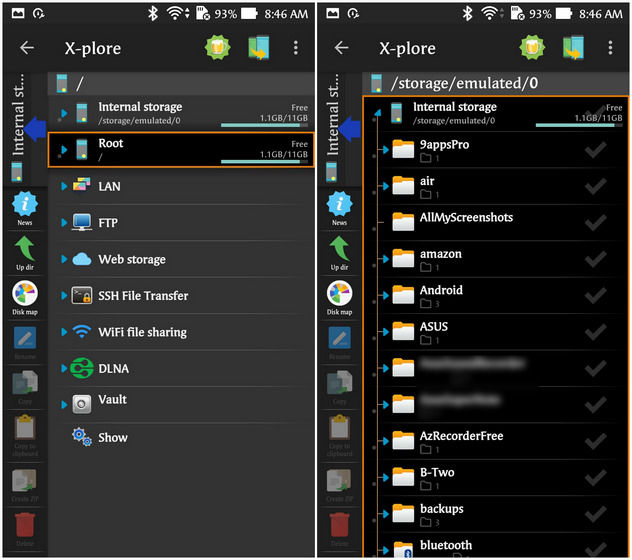
There are two major versions of the RIS specification. T1 - On computable numbers, with an application to the Entscheidungsproblem Note the first record ends with ER - and the second record begins with TY - JOUR: This is an example of how two citation records would be expressed in a single RIS file. TI - A Mathematical Theory of Communication Bell System Technical Journal, 27:379–423, July 1948" would be expressed in the RIS file format: This is an example of how the article "Claude E.


A record ends with an "end record" tag ER - with no additional blank lines between records. Multiple citation records can be present in a single RIS file. Note that this is the convention on Microsoft Windows, while in other contemporary operating systems, particularly Unix, the end of line is typically marked by line feed only. According to the specifications, the lines must end with the ASCII carriage return and line feed characters. The RIS file format-two letters, two spaces and a hyphen-is a tagged format for expressing bibliographic citations.

Citation management applications can export and import citations in this format. Many digital libraries, like IEEE Xplore, Scopus, the ACM Portal, Scopemed, ScienceDirect, SpringerLink, Rayyan, Accordance Bible Software, and online library catalogs can export citations in this format. It is supported by a number of reference managers. RIS is a standardized tag format developed by Research Information Systems, Incorporated (the format name refers to the company) to enable citation programs to exchange data.


 0 kommentar(er)
0 kommentar(er)
